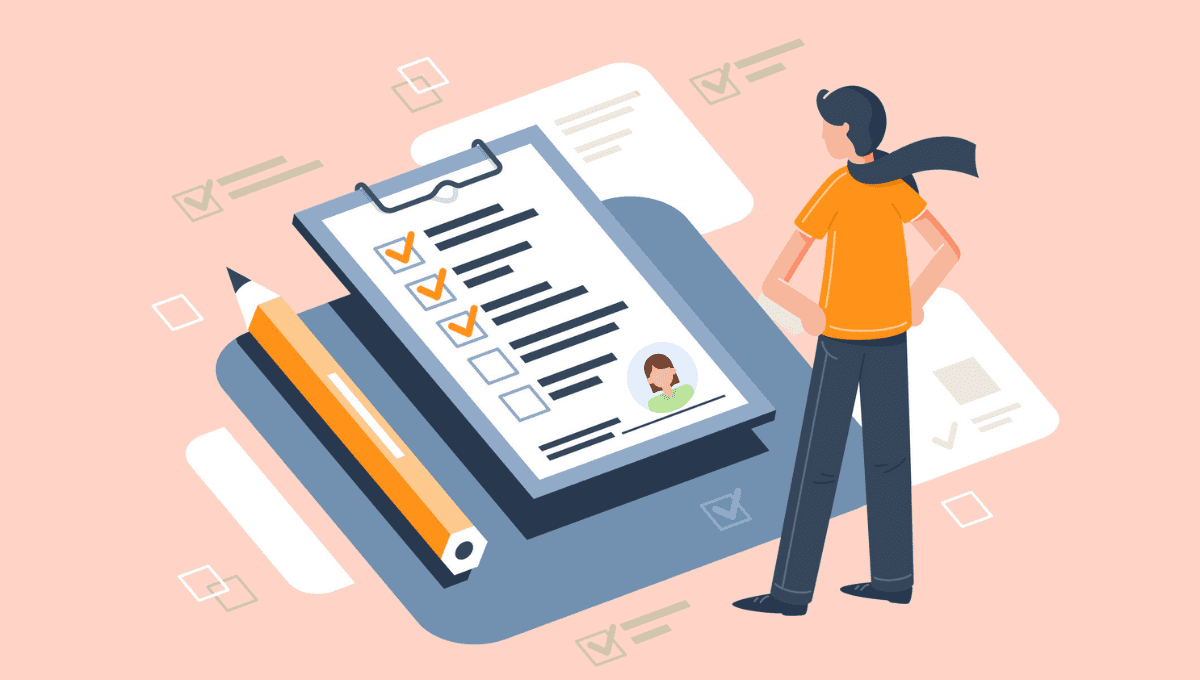In today’s highly interconnected and fast-paced workplaces, the level of teamwork plays a crucial factor in the overall performance and satisfaction of employees. A cohesive, well-functioning group will produce impressive results, foster an environment that is positive and encourage individual and collective growth. With the recognition of the importance of teamwork, organizations and individuals are using tools such as TeamDynamics to gain insight into the dynamics of team members and the ability of personality tests in order to build positive and meaningful collaboration.

The essence of team dynamics is team dynamics. of teamwork.
The dynamic of a group is the relationship, interaction, and behavior that shapes the behavior of a group. If teams function effectively, they are able to achieve more than individuals could. The dynamic of a group determine its capacity to communicate, make decisions and settle conflicts. It also affects the overall team’s morale, motivation, as well as efficiency of team members.
Teamdynamics is a method for teamwork that is intentional:
TeamDynamics is a tool designed for teams and individuals who are convinced of the transformational power of teamwork with purpose. It’s more than gathering people. It examines the personalities and dynamics of the team as a unit. With TeamDynamics the team and organizational leaders can gain valuable insights into the strengths in communication, weaknesses, and strengths techniques, which will help them improve team performance and create the environment of collaboration and mutual assistance.
The significance of personality tests for teamwork:
TeamDynamics includes a team-based personality test. These tests help team members understand their individual behaviors, personalities and individual preferences. By identifying the team members’ particular traits, teams are able to benefit from the diversity of personality to their advantage, ensuring that roles are assigned in a strategic manner and that collaboration and communication are optimized.
Form a strong, cohesive team:
One of the primary goals of team dynamics and personality test for work teams is to create cohesive and high-performing teams. Understanding the personalities of a group enables team managers to alter their style of leadership and communication methods accordingly. For instance introvert team members may require different forms of praise and appreciation in comparison to their more extrovert counterparts. In recognizing and accommodating to these differences, team leaders can foster a supportive and open environment which allows all team members to flourish.
The resolution of conflicts and the improvement of communication:
Conflicts in teams are inevitable but the way in which they are addressed could affect the team’s effectiveness and performance. Personality tests can help you identify conflicts and provide guidance on how to address conflicts. By understanding individual communication styles and preferences, team members can participate in more open and empathetic communication, leading to quicker resolution of conflicts and stronger team relations.
Innovation and creativity in the team is vital to teamwork.
Diverse teams that embrace various personalities tend to be more innovative and creative. The unique perspectives and skills provided by different personalities may result in unique solutions and ideas. Team leaders can use the findings of personality tests to build strong, well-rounded teams. They will build on each individual’s strengths, and foster a culture that encourages creativity and ingenuity.
Enhancing employee satisfaction and engagement:
Employee engagement and satisfaction are more likely to be higher when a group is able to appreciate and value each individual’s contribution. Employees are more engaged in the success of the group when they feel respected, valued, and seen. TeamDynamics personality tests as well as group dynamics are used to establish a positive and encouraging culture within the workplace. This will lead to an increase in job satisfaction and decrease in turnover.
The evaluation of team performance as well as progress
Continuously reviewing team dynamics and tracking progress will aid in identifying areas for improvement, and also celebrate team achievements. Team leaders can utilize the results of personality tests to optimize team cohesion, rethink roles and adapt strategies. Through continuous monitoring of team dynamics teams are able to adapt to changes in the workforce, the industry, or objectives of the organization, and remain agile and resilient when faced with challenges.
The significance of highly-performing and cohesive teams in the ever-changing environment of the workplace can’t be overstated. Personal and group dynamics are effective tools to uncover the secrets to effective teamwork. Learning to accept and embrace the different personality traits in teams can help organizations optimize collaboration, encourage innovative thinking and create an environment that is valued and involved. TeamDynamics is poised for growth and will soon become an important asset to organizations and individuals who are dedicated to fulfilling and enduring teamwork. Assessments of team dynamics and personality will help you develop a superior teamwork.